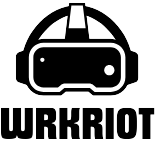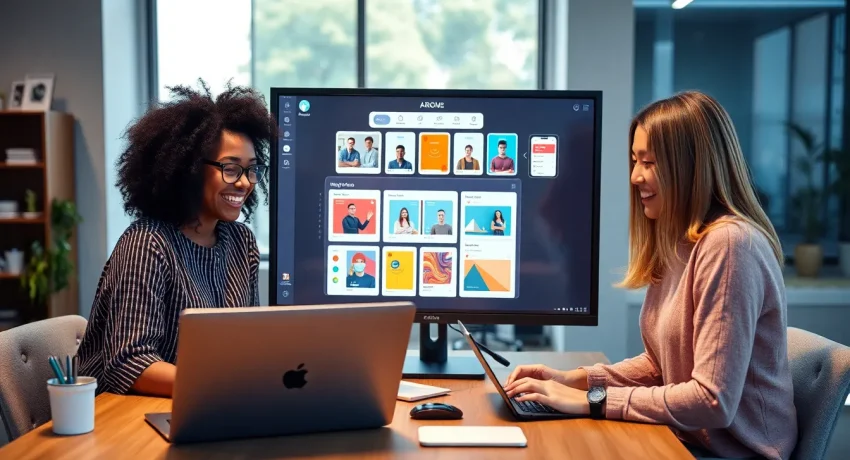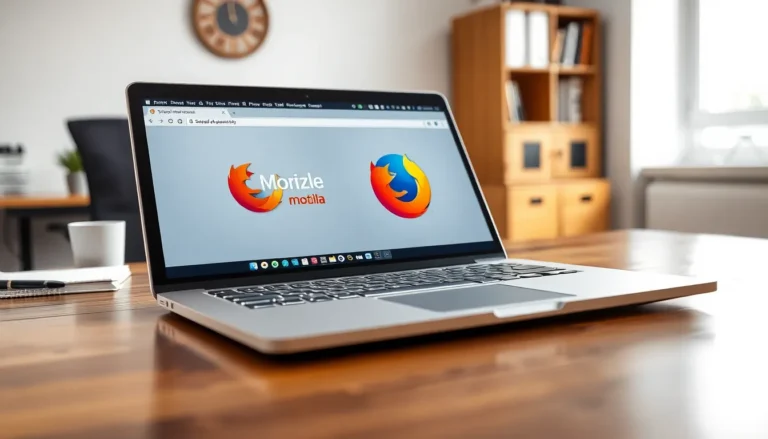Table of Contents
ToggleIn today’s fast-paced digital world, the demand for tech-savvy individuals is skyrocketing. However, not everyone has the time or resources to dive deep into coding. Enter the no-code learning platform—a game changer for aspiring creators and innovators. These platforms empower users to build applications, websites, and automation tools without writing a single line of code.
No-code learning platforms democratize technology, making it accessible to anyone with an idea. They provide intuitive interfaces and step-by-step tutorials, allowing users to unleash their creativity and bring projects to life. As more people embrace this approach, the landscape of digital creation is evolving, fostering a new generation of problem solvers and entrepreneurs.
Overview of No-Code Learning Platforms
No-code learning platforms transform how individuals engage with technology. These platforms empower users to build applications, websites, and automation tools without any coding experience. No-code tools typically feature drag-and-drop interfaces and pre-designed templates, which streamline the development process.
Key benefits of no-code learning platforms include:
- Accessibility: No prior coding skills are necessary, making technology available to everyone.
- Speed: Users can launch projects quickly, reducing the time from concept to execution.
- Cost-Effective: Many no-code solutions are more affordable than hiring developers, minimizing financial barriers.
- Creativity: No-code platforms encourage innovative thinking by allowing users to focus on ideas rather than technical details.
Popular no-code learning platforms include:
| Platform | Features |
|---|---|
| Bubble | Visual programming, database integration |
| Adalo | Mobile app builder, user authentication |
| Webflow | Responsive web design, CMS capabilities |
| Airtable | Database management, automation workflows |
| Zapier | Connects apps, automates repetitive tasks |
Users benefit from extensive resources such as video tutorials, community forums, and documentation, enhancing their learning experience. Overall, no-code learning platforms bridge the gap between technical and non-technical individuals, enabling diverse creators to thrive in a digital economy.
Benefits of Using No-Code Learning Platforms


No-code learning platforms offer numerous advantages that simplify technology usage for a wide audience. These platforms empower individuals to develop skills and projects without requiring technical expertise.
Accessibility for Everyone
Accessibility stands out as a primary benefit of no-code learning platforms. Users without coding knowledge can easily navigate these platforms using visual interfaces. According to a survey by Gartner, 70% of non-technical individuals feel more confident using no-code tools to solve problems. Individuals can create websites, apps, and automation solutions quickly, leveling the field for those in various professions. Extensive resources, including tutorials and community forums, further enhance accessibility and support user learning.
Enhancing Creativity and Innovation
Enhancing creativity and innovation forms another key advantage of no-code platforms. Users experience the freedom to experiment and bring their ideas to life without technical barriers. Research indicates that no-code platforms significantly reduce time-to-market, allowing creators to iterate on their concepts faster. With pre-designed templates and drag-and-drop features, individuals can focus on innovative design and functionality rather than coding syntax. This fosters a culture of experimentation, driving new solutions and entrepreneurial ventures across industries.
Key Features to Look For
No-code learning platforms offer various features that enhance the user experience and streamline project development. Understanding these key features helps users select the platform that best meets their needs.
User-Friendly Interface
User-friendly interfaces simplify navigation and make it easy for beginners to start building projects. Drag-and-drop functionality allows users to assemble elements quickly, while intuitive design layouts ensure minimal learning curves. Icons and tooltips enhance usability by providing guided support throughout the development process. Platforms like Webflow exemplify these features, allowing users to create visually appealing websites without prior design knowledge.
Integration with Other Tools
Integration capabilities are crucial for maximizing productivity and streamlining workflows. No-code platforms should integrate seamlessly with popular tools such as CRM systems, email marketing software, and other productivity apps. This connectivity allows users to automate processes and create more complex solutions without needing extensive coding knowledge. Airtable, for example, integrates effortlessly with services like Zapier, enabling users to build robust applications that connect multiple data streams.
Support and Resources
Access to support and extensive learning resources significantly enhances the no-code experience. Effective platforms offer tutorials, documentation, and community forums to help users troubleshoot problems and enhance their skills. Live chat support or user communities can provide instant assistance, fostering collaboration among users. Bubble’s comprehensive resource library and active community forums exemplify the support mechanisms available to users, ensuring they can build with confidence.
Popular No-Code Learning Platforms
No-code learning platforms simplify the process of developing applications and websites, making them accessible to individuals with varying skill levels. Below are two popular platforms, each with distinct features and advantages.
Platform A: Features and Pros
Bubble offers a comprehensive development environment that enables users to create fully functional web applications without coding skills. Users appreciate Bubble’s drag-and-drop interface, which facilitates the design of responsive layouts.
Key Features:
- Visual Editor: Users manipulate elements in real-time, streamlining the design process.
- Integration Options: Extensive integrations with APIs and third-party tools enhance functionality.
- Custom Workflows: Users create complex application logic using visual workflows, simplifying task automation.
Pros:
- Flexibility: Bubble supports diverse application types, from simple prototypes to complex web apps.
- Community Resources: An active community and thorough documentation provide users with support throughout their projects.
Platform B: Features and Pros
Webflow stands out for its design-oriented approach, merging website building with advanced design capabilities. This platform is ideal for users focused on aesthetics and user experience.
Key Features:
- Responsive Design: Users can design visually stunning websites that adapt seamlessly to various devices.
- CMS Functionality: Built-in content management allows users to create dynamic, editable website content.
- E-commerce Integration: Users can easily build and manage online stores with simplified payment processing.
Pros:
- High Customization: Webflow permits detailed customization of design elements, making it suitable for professional designers.
- SEO Optimization Tools: Built-in features facilitate on-page SEO optimization, improving site visibility.
These platforms exemplify how no-code solutions empower users to harness technology effectively, bridging gaps between innovation and accessibility.




